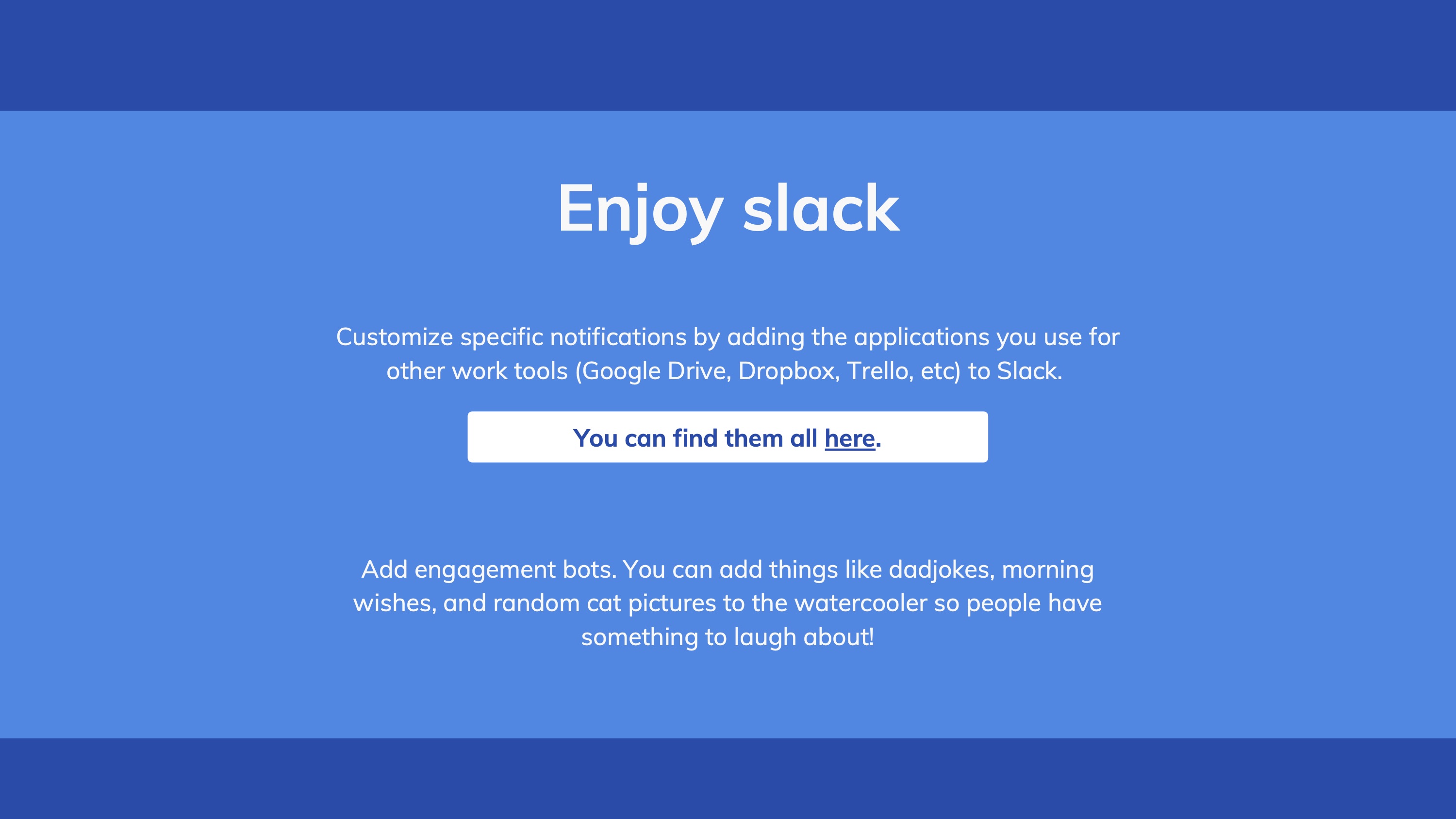Slack Posts/Replies Deadline: Sunday @ 11:59pm
To help you understand what the posts and replies should look like, I will be putting example posts for the next week under #general by Sunday @ 11:59pm. I will be posting dividers (posts that say “START OF WEEK 2,” for example) in your groups to make it easier to tell when weeks start/end. You MUST finish all of your posts BEFORE the divider goes up (no later than Monday at 10:00am), and you cannot post for the new week until the divider goes up. Any late posts published on Slack AFTER the divider goes up will be deleted. Any early posts published on Slack BEFORE the divider goes up will also be deleted. Basically, you just need to make sure that you are posting on the correct side of the divider. To make up late posts for half-credit, you can email/Canvas message me your posts as text. If you wish to make up late replies for half-credit, do the replies and then tell me that you did them via email/Canvas message so I can check. You can also just do Extra Credit to make up missed work—it’s a lot easier :)
In project management, “float” or “slack” is the amount of time that a task can be delayed without affecting the deadlines of other subsequent tasks, or the project’s final delivery date. The former is called “free float”, and the latter is called “total float”.
How Do I Find Float?
The simplest way to compute slack is to subtract the time you’ve allotted to complete a task from the time the task actually takes. For example, if you’ve allotted 10 days for a task, but it only takes you 6 hours to complete, then your slack is 4 days. Tasks that have zero floats can be considered as part of the “critical path” because any delay on these tasks means a delay to the project deadline itself.

To compute total float, you need to add up the free float of all the other tasks in the project. If the number is positive, then you have that much room to finish a project in case of delays or problems. If the number is negative, then you don’t have enough time scheduled for the project and it will most likely miss the deadline.


Slack 101: What Slack Is and How to Use It Slack is a real-time communication app that businesses use to stay in touch and collaborate. While Slack is most popular in the corporate world for teams to communicate, it is also a great tool for communities of practice to network. Slack is a new way to communicate with your team. It’s faster, better organized, and more secure than email. Slack 101 April 1, 2020 4:00 pm ET. Tips and tricks for how Slack can help your team work remotely. Slack’s conversational style can feel more like being in the.

Slack has a plethora of commands you can see by typing a forward slash / into the message input where you will see all available commands with their usage and a description. I’m not going to list them all here, but one of my favorites is the /remind me in X to Y command. Entering 101.101.101.106 will whitelist only that IP address, which we'll consider as 101.101.101.106/32. Presenting a submask like 101.101.101.0/24 will whitelist all 256 IP address between 101.101.101.0 and 101.101.101.255. 'Local' IP addresses cannot be whitelisted and IPv6 is not supported. Verifying requests from Slack.
How Can I Maximize Float?
Slack 101 Training
In order to maximize float, you need to identify your critical path and calculate the amount of float in each non-critical task path. It will help if you visualize the project using a Gantt chart or PERT diagram. With these tools, you can reshuffle tasks and consolidate all of your non-critical tasks into as few task chains as possible. You can then reassign resources and work schedules to focus on the critical chain, and to increase team productivity and efficiency. It may not change the amount of float, but it will get you the most out of those spare hours.
Make sure you revise your float estimates as the project goes on. If one task takes longer than expected, you have the option of using up estimated float from a task further down the calendar. Some project managers add a little bit more float than necessary as a safety measure against unexpected delays.
How To Use Slack 101
Of course, there will be circumstances where your project gets delayed no matter how well you manage your float time. Learn from these delays and account for them the next time you schedule a project.
Image credit, Flickr, Kham Tran
